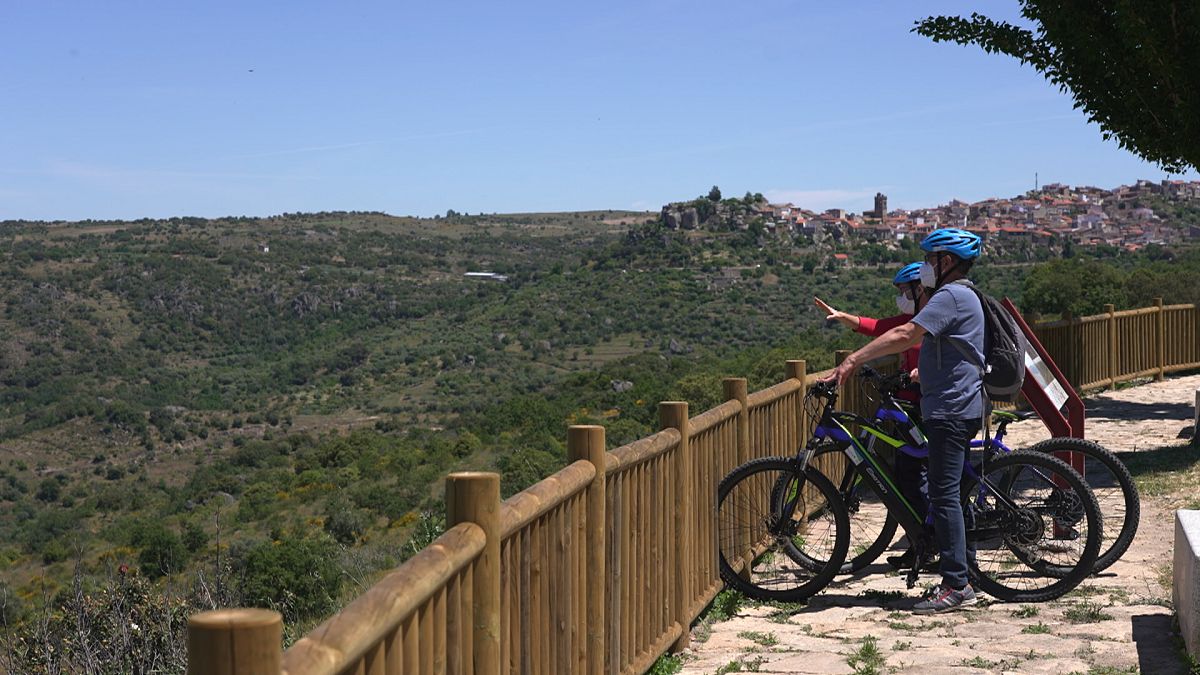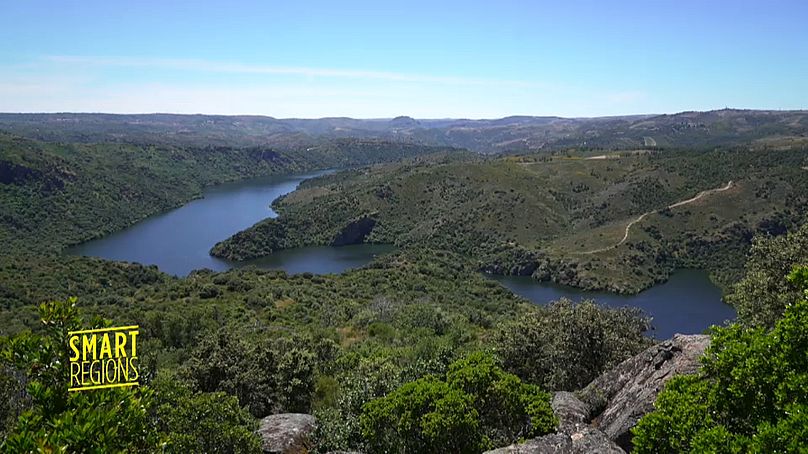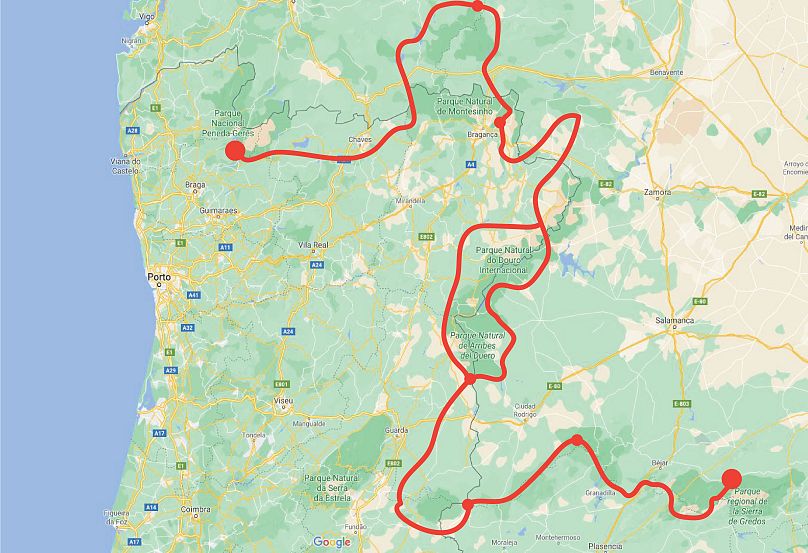On the Spanish-Portuguese border, a sustainable tourism project is encouraging visitors to discover the natural and cultural heritage of this area with electric vehicles over a distance of more than 1000 kilometres.
The small medieval village of Fermoselle in Spain's Castilla-Léon region is one of the 12 points where you can borrow, for free, an electric vehicle from the Moveletur project.
Eco-tourism
Moveletur is a unique concept promoting pollution-free movement through natural areas across Spain and Portugal. Its goal is to allow tourists to the Spanish-Portuguese border region to visit and travel to the heart of seven protected natural parks in the Iberian Peninsula on electric vehicles.
They get to enjoy the area and what it has to offer in an eco-friendly way.
The routes cover over 1000 kilometres and there are various different itineraries to follow.
Moveletur is a cross-national way of promoting sustainable tourism. Its electric vehicle fleet includes 81 bicycles, three tricycles, four cars, eight scooters and three rickshaws.
The total budget to create this project was 908,829 euros. 75% of this was funded by the European Cohesion Policy.
A simple process
All visitors have to do is make a reservation on the project's website and pick up the electric vehicle of their choice. Travelling like this is a way to get to know protected areas often unknown to the general public. There are also plenty of surprises along the way.
Ester and José Luis tried out the project on electric bikes. They went to the 'Mirador de las Escaleras'. "From there you can see Portugal and the other side of the Douro river and it looks very good", José Luis adds.
Enjoying the diverse wildlife
The scenery is magnificent in and around these natural protected parks and the wildlife is extremely diverse.
Julia Sendín García, an environmental expert, tells us that "the most popular part is getting to the canyon". According to her, the river Douro is in the ZEPA zone, a Special Protection Area for birds and there are lots of species of birds there.
Among some of the vultures they have is the black vulture, which has a three-metre wingspan, the griffon vulture, which has a two-metre wingspan, and the Egyptian vulture. Julia tells us that the latter is "the symbol of the natural park".
A joint adventure
One of the project's main challenges was to set up a network of charging points for the vehicles in Spain and Portugal to link the seven protected areas. Jesús Díez, programme director of Moveletur, says that "when you stop with an electric car, the animals don't run away, they stay there for you to observe and enjoy them. When you drive using a combustion engine, the noise scares them, annoys them and makes them run away, so you can't enjoy them in the same way".
Pedro and his family chose a cultural visit on an electric rickshaw in Bragança, Portugal. Not only did they get to enjoy a holiday without polluting, but they tell us that "thanks to the new technologies and the tablet" they were easily able to find the points of interest and learn about the history of the area.
Spain and Portugal's joint electric mobility project, Moveletur, has created further ties between the two countries in this border region and has even received praise from UNESCO.



